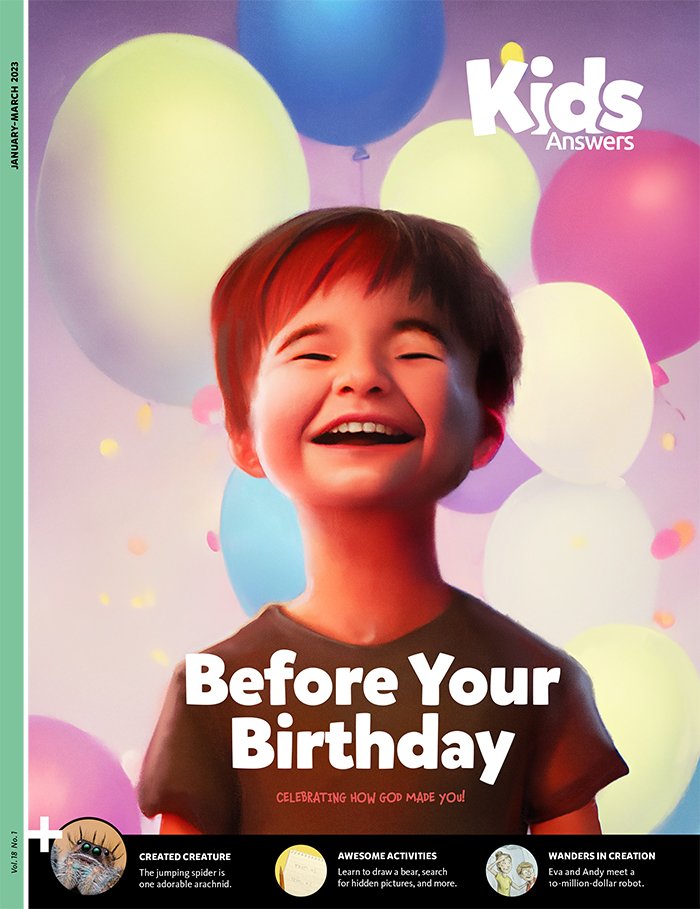Wolf Packs
Hike and Seek
by Peter Schriemer on January 1, 2023Wolf packs are made up of 2–15 members who share a special bond. They communicate with each other in three main ways: sound, scent, and body language.
Fun Facts
- Wolves that live in the north are usually larger than wolves in the south.
- During the fall, wolves eat more food to put on extra layers of fat, which helps keep them warm and provides extra energy during the winter.
- When wolves go to sleep at night, they often curl up next to other pack members to keep warm.
- A wolf can hear a pack’s howl up to 10 miles away.
Wolves don’t howl to scare humans—they howl to communicate with their pack when gathering for a hunt or claiming territory. They also bark to warn each other about danger, growl to threaten other packs, and whine during playtime or when they’re nervous.
Wolves mark their territory with urine to warn off other wolves. Each wolf also has scent glands between its toes that give off a unique smell. If one wolf goes missing, the pack can sniff it out and find it.
Like your pet dog, wolves use their tails and ears to show how they’re feeling. They wag their tails when they’re feeling friendly. When a wolf is excited or curious, it holds its tail high and its ears forward. If it feels afraid or nervous, it might tuck its tail between its legs and flatten its ears. A drooping tail means the wolf is relaxed. When a wolf is aggressive and ready to attack, it might stick its tail straight out.
Just as God designed wolf packs to have a special bond, you were created to have relationships! But unlike animals, you—being made in the image of God—can have the most special relationship of all: a relationship with God through Jesus.
Wolf Body Language
Wolves show how they are feeling with body language. Using the information above, see if you can match the poses with each emotion.
- Excited or Curious
- Afraid or Nervous
- Relaxed
- Aggressive
Kids Answers Magazine
Before Your Birthday
Months before your birthday, God was knitting you together in your mother’s womb (Psalm 139:13).
Browse Kids Issue- © 2025 Answers in Genesis
- Privacy Policy
- Contact
- About

